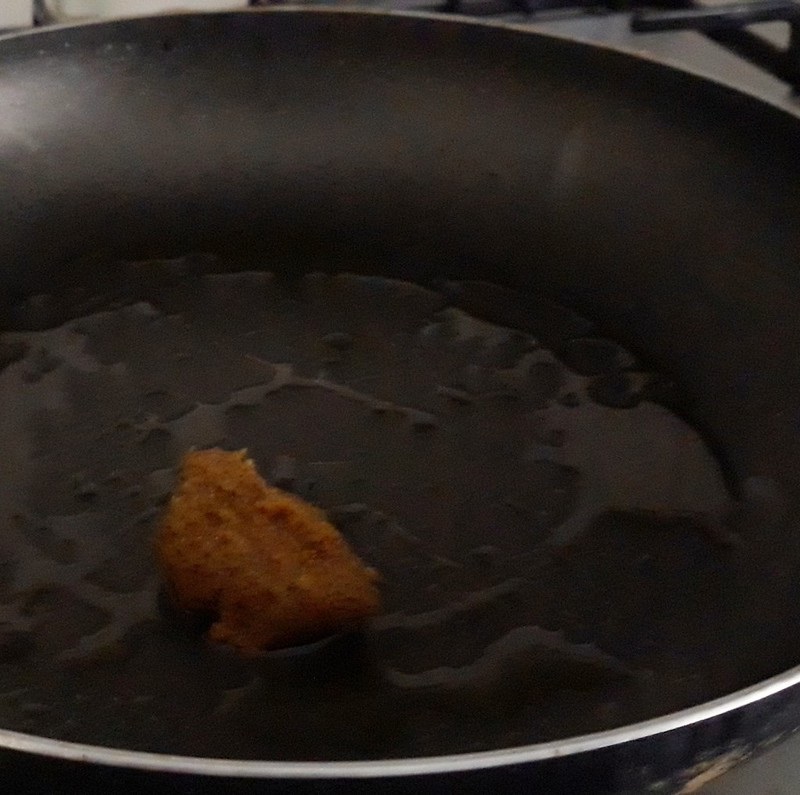Cast iron is a unique and wonderful material to have in your kitchen, but a common theme with cast iron is cleaning.

You may often find yourself asking why is my cast iron sticky after seasoning? Seasoning is a very tried and tested process when you want to keep cast iron in its non-stick form.
Heated oils can be formidable in their coating and can protect the surface of your cast iron cooking materials from sticking when you are cooking.
If your cast iron is properly seasoned, then you should not have any sticking. If you do see sticking after seasoning, though, it is not the end of the world. You can fix it. But how? Why? There are so many questions. Let’s answer them!
It is absolutely vital that you learn how you should season cast iron if you are cooking with these materials. A properly seasoned cast iron skillet, pan, and so on, protects the surface of your cast iron.
You will have to re-season cast iron whatever the case, you could purchase some that are pre-seasoned and ready to use from the get-go. Whenever you cook with oil, an automatic surface will form on the pan, making it non-stick.
This happens with oils and fats in skillets and pans that are cast iron. You should also routinely perform this process yourself. The best thing to do is clean the cast iron, remove any residues, oil it, and then bake it at a high temperature.
If you regularly season your cast iron, it should not be sticky. Cast iron seasonings should give a coating that will prevent food from getting burned when you cook.
In order to prevent stickiness though, you should use a scrubber made of silicone, it will help you keep the cast iron in optimal condition, removing residues without affecting the seasoning of the material.
From time to time, you may find that it does stick even if it has been seasoned on a regular basis. This could happen for a few reasons. For example, if you apply a bit too much oil when you season or when you cook, this can make the surface sticky.
Doing this properly is something of an art. You may also not be heating the pan up appropriately before you cook. If you try to cook while it is cold, and while the oil is cold, this can quickly form a residue.
Read Also:
Should you know how to appropriately clean a sticky cast iron pan or skillet and season it properly, then it should shine. It should be black, and smooth to the touch.
When the cat iron is not seasoned it should feel and look rough. This is fixable with proper and appropriate seasoning.
So, how do you fix a bad seasoning on cast iron? Well, firstly, if your cast iron has a heat-resistant handle such as a silicone one, you will want to get rid of this before you re-season.
You should scrub it with some soapy water, apply gentle pressure and keep it at this until any residue or food substance is no longer present.
Once all residues have been removed, you should season the cast iron. Ensure it is hot enough so that the cast iron surface of the pan or skillet is not tacky when you are done with this. If it does result in this, you can get rid of this by repeating the process.
You could also scrub the cast iron with kosher salt before you season it again. Some people have done this to remove any sticky residues without having an effect on the seasoning of the pan or skillet. It is a great and unique way to do so.
If you have seasoned your pans, yet your cast iron is still sticking, and everything is sticking to it. If your cast iron is still sticky even after you have done all this, the answer is probably one thing.
It is likely that there is an excess of oil residue accumulating in this area over time. It may not have been cleaned properly, even when you clean and season the skillet or pan. You should be mindful to give your pan/ skillet a wipe after each time that you use it.
In order to get rid of that excess oil that is causing the problems, you should begin by giving the skillet/ pan a thorough clean, washing off residues with a scour. Then heat up your oven to a solid 400 degrees Fahrenheit.
Once your oven is at temperature, place the cast iron item on the top shelf with its bottom facing upwards. Keep it like this for an hour or so. At this point, the excess oils should have come off, or at least should have bonded with the skillet/ pan to create the ideal, shiny, and seasoned new sheen.
Ideally, you do not want to use cast iron that is sticky because you will just end up making it all worse if you do. In theory, you could, but you will just make it more sticky, and chances are you will end up being closer to ruining the pan/ skillet.
Cooking with sticky cast iron stops new protective layers from forming, and the oils do not interact properly with the iron.
Your food will still cook, but there is a higher chance that it will stick to the cast iron as well. Which will, in turn, leave behind even more residue in the cast iron, which will build up over time, and just make everything worse for you overall. So, it is best to go through the cleaning process again, to be safe.